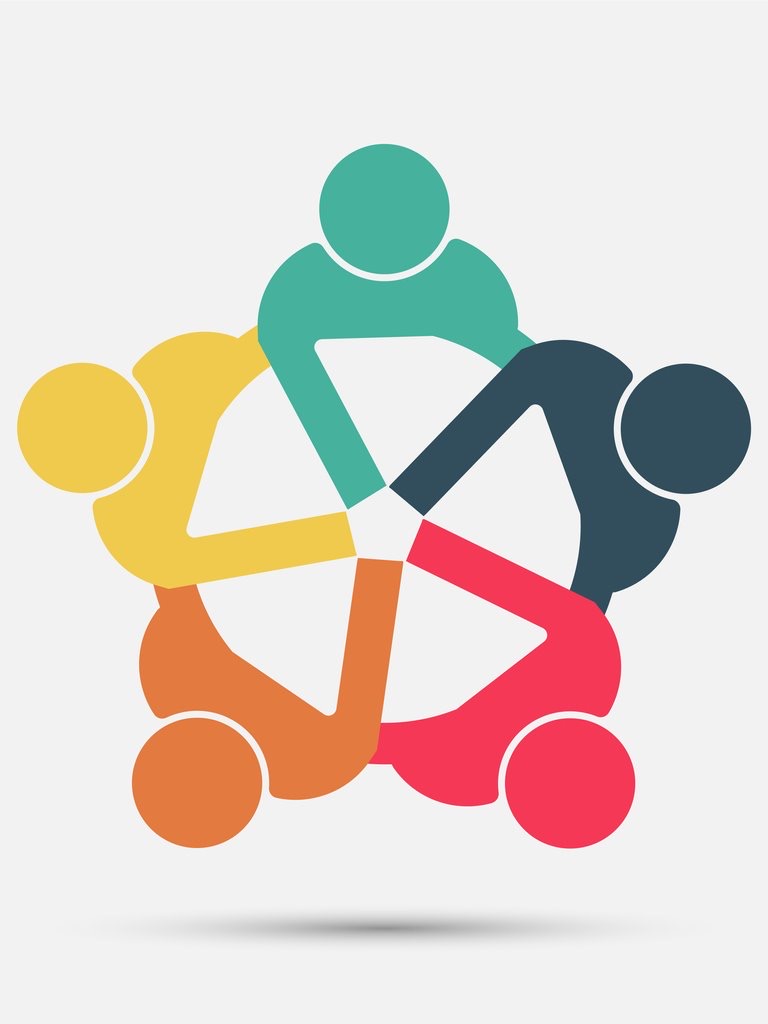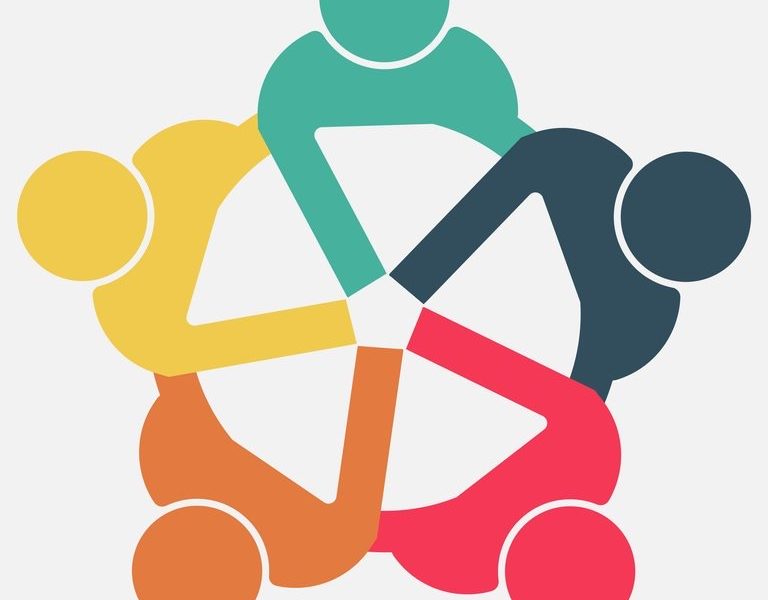Children’s place within our society and the messages they receive from their community have a significant impact on their mental health and behavior. One can not effectively treat mental health concerns of children without also addressing the broader societal forces that impact them, including racism. With that in mind, I am working on a series of blog posts with tips for fostering children’s commitment to creating more inclusive communities for all through books, discussions, and play.
The past year has highlighted many of the deep inequities in this country that affect every aspect of life, from education and job access to healthcare and the justice system. While there are many other children’s resources out there for confronting blatant, explicit racism and bullying, it’s harder to find information on teaching children to recognize and confront the more insidious forms of racism, and other forms of discrimination, that hold us back from evolving as a nation today. I have found that many current parents were taught as children that racism is bad and the best approach is to be “color blind” and for disabilities, we learned “don’t stare.” However, young children DO notice differences between people, and many of those differences influence our experiences in daily life. We now know that claiming “I don’t see color” and looking away erases the value of cultural differences and minimizes the feelings and pain of those suffering from the ongoing harm of racism and other forms of discrimination. Many parents are ready to talk to our children about the realities of race and differing abilities and to teach them to celebrate diversity rather than denying it. However, it is a big, scary topic for most of us and we don’t want to say the wrong thing. To simplify, I’m going to try to break these discussions down into key ideas that can be incorporated into daily reading, discussions, and play. These recommendations focus not just on racism, but on building the confidence, flexibility, and emotional awareness skills necessary to cope with one’s own emotions around discrimination and privilege, and to confront the defensiveness that holds us back from listening and growing. In child friendly language, the key concepts I will cover include the following:
- People come in all different shapes, sizes, and colors. We’re all made special and beautiful in our own way. It’s so cool how everybody is so different!
- Sometimes people are treated differently because of the color of their skin, the way they talk, the church they go to, or different abilities. That is not fair. All people deserve the same respect as human beings and the same opportunities.
- Though we may have differences, there’s a lot that we have in common as well.
- All families have their own special way of doing things (culture). Good friends can come from families that have a lot of differences. It can be really fun to learn about other ways of celebrating, eating, or living from your friends.
- You are unique and special. You do not need to follow along with others to be loved. Follow your heart. Stand up for your beliefs.
- Excluding others is hurtful. You miss out on good things when you exclude others. Sometimes, differences might make you feel nervous, but giving new things a chance helps us learn and grow and enjoy wonderful experiences!



